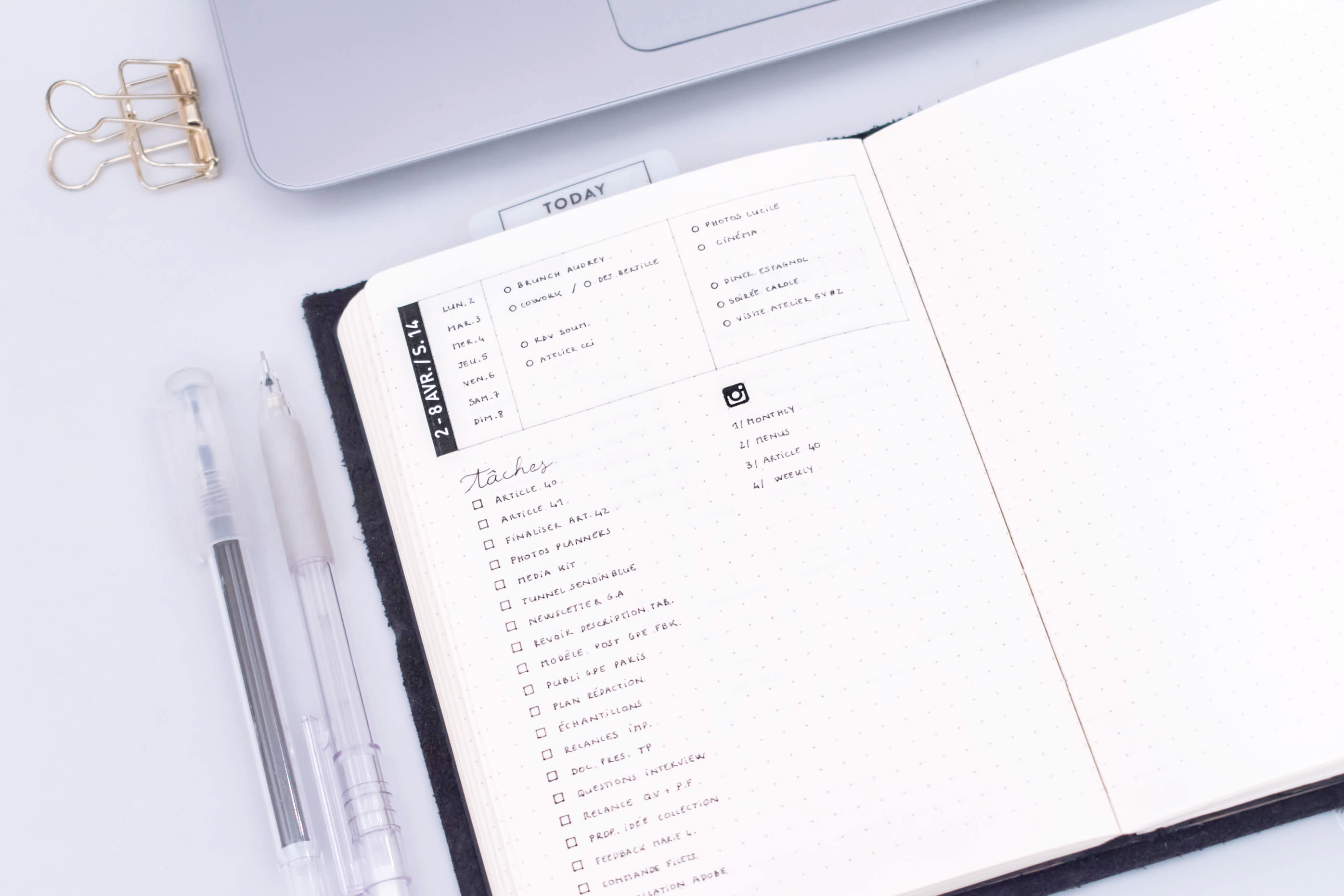

What this means is that (heaven forbid) Phil packs it in and heads to Tahiti leaving us with an abandoned application, all the files are just sitting there as if you had written everything in Word and set up your own folder system for organization (Its not quite that simple, but its close) Those of you who used applications like Commence for journaling or date-booking, or just keeping address, will know exactly what I mean when I say it really sucks when an application is abandoned and you are stuck with an unreadable proprietary data file or a funky, only kind of works but usually doesn’t, export option. The best part is the natively readable format. All of the entrees (in my case fiction and non fiction drafts, ideas for development, notes about the day, travel logs, my Covey like vision goals and objects stuff, research about topics the pique my interest, pictures from the Opera…) are saved as natively readable files in folders in the Mac.

#Journler gtd mac#
Journler has a Palm like simplicity engineered inside of a Mac OS’ power. This kind of community is crucial when you are adopting an application you will be in everyday, sometimes all day long. There is one user, named NovaScotian, who seems to know as much about scripting the app as Phil does and generously donates his time to many comers.

Phil and Journler also have a large and devoted user community who seem to answer functionality posts instantly. Phil is constantly in on-line chat with the Journler community taking suggestions, fixing problems, but mostly educating people about the power and functionality already inherent in his application.
#Journler gtd software#
The developer is brilliant programer named Phil Dow, who gets the award for software guy most involved in his user group. In other words its just like the handwritten Moleskins I kept for years but in a format that I can actual use to synthesize rough work into something useful.
#Journler gtd manual#
The front end of the app allows you to add meta data like category and tags, labels and flags to rich text entries and then sort, folder and edit these entries using manual or smart screens.

Journler is a notebook, datebook, cataloger, research collector, document organizer, and, yep, a journal, all in an deceptively simple application. Although I find this surprising, I don’t really care, because while Journler brought me to the Mac I have since learned that there are a number of other reasons to use OS X as a writing platform in addition to the functionality in Journler.
#Journler gtd windows#
There just is nothing comparable in the vast sea of Windows applications to Journler. It has been with me from the start of my writing adventure, ever since I got my Mac, and it is the primary reason why I’m sure I’ll never again go back to a Windows machine. One of my crucial writting tools is an application called Journler. What I should have said was, “It’s not easy you have to have a system”.Īnd I do. In a lighting quick reply I said, “It’s not easy. I don't usually associate contacts with my projects, but I definitely always have tasks, mail, files, and calendar events associated with them.Someone asked me the other day “how can you be so careful about your writing, and still make so many mistakes?” Since the questioner was not an Obama supporter, I found it safe to assume she was talking about my grammar, not my content. Most of my projects last for about 2-3 months (from first inception to working through all of the changes to the feature designs as a result of the study). Personally, I set up a project for each usability study that I run. For more information about the Project Centre, try starting with manage a project by using the Project Center. The subsequent tabs show you specifics (all the tasks, all the emails, etc). Then, in the Project Center view, the first tab shows you everything that's associated with that project. You can also say that specific contacts in your address book are for that project, and you can mark tasks and calendar events for the project. You can also tell it that you've got a folder in your Finder where you're storing all of your stuff associated with that project (which means that sub-folders in that folder are included). When you set up a project there, you can tell Entourage that all of your mail filed away in a folder is associated with the project. It was introduced in Entourage 2004, and continues on in Entourage 2008. Not to go all Microsoft shill on you, but you might want to check out the Project Centre in Entourage (which is part of Office).


 0 kommentar(er)
0 kommentar(er)
